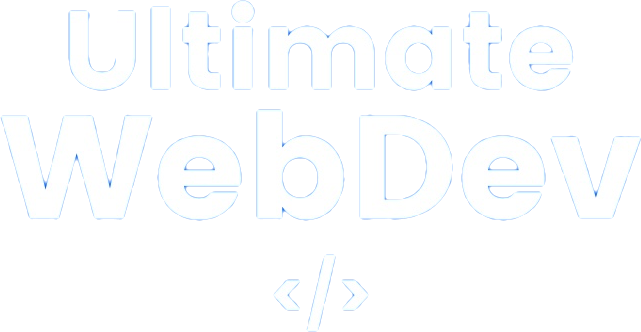In the realm of web development, efficiency and maintainability are paramount. Enter PHP functions, the building blocks that allow developers to create structured, modular, and reusable code. In this article, we’ll dive into the world of PHP functions, exploring their significance, applications, and how they transform the coding landscape.
Understanding PHP Functions
At its core, a PHP function is a block of code that performs a specific task. It acts as a self-contained unit, accepting inputs (arguments), processing them, and often returning a result. Functions help streamline code by avoiding repetition and promoting a modular approach to development.
Basic Structure and Syntax
Creating a PHP function involves defining its name, specifying its parameters (inputs), and declaring the code to be executed. The basic syntax looks like this:
phpCopy code
function functionName(parameter1, parameter2, ...) { // Code to be executed }
Advantages of PHP Functions
- Code Reusability: Functions enable you to write code once and use it multiple times throughout your application. This promotes the “Don’t Repeat Yourself” (DRY) principle and reduces redundancy.
- Modularity: By breaking down your code into functions, you create modular components that can be easily managed, tested, and updated independently.
- Readability: Well-named functions provide a clear understanding of their purpose, making your code more readable and comprehensible.
- Maintenance: When you need to update a specific functionality, you can focus on the relevant function without affecting other parts of your codebase.
Function Parameters
Functions can accept parameters (also known as arguments), which are values passed to the function when it’s called. These parameters provide the necessary inputs for the function to perform its task. For instance:
phpCopy code
function greetUser($name) { echo "Hello, $name!"; } greetUser("Alice"); // Output: Hello, Alice!
Returning Values
PHP functions can also return values. This allows functions to perform calculations or processes and provide an output that can be used elsewhere in your code.
phpCopy code
function addNumbers($a, $b) { return $a + $b; } $result = addNumbers(5, 7); // $result now holds 12
Built-in and User-defined Functions
PHP offers a wide range of built-in functions that cover various tasks, from string manipulation to database interaction. However, developers can also create their own user-defined functions tailored to their application’s needs.
phpCopy code
// Built-in function $length = strlen("Hello, World!"); // Returns length of the string // User-defined function function calculateArea($radius) { return 3.14 * $radius * $radius; } $area = calculateArea(5); // Returns area of a circle with radius 5
Recursion
A fascinating aspect of PHP functions is recursion. This occurs when a function calls itself during its execution. Recursion is particularly powerful for solving problems that can be broken down into smaller, similar sub-problems.
phpCopy code
function factorial($n) { if ($n == 0) { return 1; } return $n * factorial($n - 1); } $factorialOf5 = factorial(5); // Returns 120
Best Practices
- Naming Conventions: Choose descriptive names that indicate the purpose of the function. This enhances readability and understanding.
- Single Responsibility: Each function should have a single, well-defined purpose. This improves maintainability and modularity.
- Commenting: Document your functions with comments explaining their inputs, purpose, and output. This aids fellow developers in understanding your code.
Conclusion: Crafting Elegant and Efficient Code with PHP Functions
PHP functions are the cornerstone of structured, efficient, and maintainable web development. They empower developers to create modular components, reuse code, and tackle complex problems with clarity and precision. By mastering the art of PHP functions, developers embark on a journey to create applications that are not only powerful but also elegant in their architecture. As you harness the capabilities of functions, you transform your coding from a mere task into a creative endeavor, where each function becomes a brushstroke contributing to a masterpiece of code.

